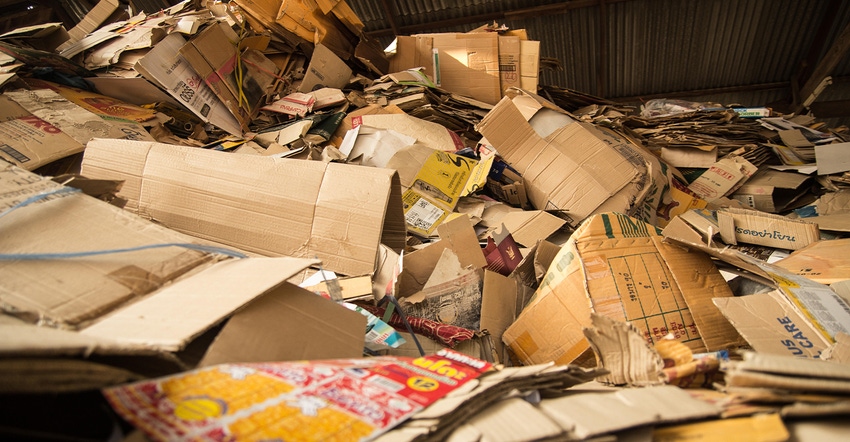Study: Research from NREL Examines Economic Losses from Cardboard, Paper Waste
Analysis conducted by the U.S. Department of Energy's National Renewable Energy Laboratory has revealed that the piles of cardboard and paper accumulating in American landfills amount to a staggering $4 billion in lost economic value.

The U.S. Department of Energy's National Renewable Energy Laboratory (NREL) has revealed that the piles of cardboard and paper accumulating in American landfills amount to $4 billion in lost economic value. The research was led by Anelia Milbrandt, senior research analyst at NREL's Strategic Energy Analysis Center.
The study, based on data from 2019, indicates that of the estimated 110 million metric tons of paper and cardboard waste generated across the country, 56 percent ended up in landfills, while 38 percent was recycled and the remainder was incinerated. This waste category, constituting a quarter of municipal solid waste, included newspapers and magazines to books, junk mail and pizza boxes.
“The U.S. is one of the world’s top waste producers, and most of it goes to landfills,” Milbrandt said. “The energy and resource values of materials put into landfills are lost. We can do better if we want to achieve a circular economy. Through our geospatial analysis, we illustrate ‘hot spots,’ or areas with substantial opportunities to divert paper and cardboard waste from disposal facilities and hopefully stimulate investments in recovering their technical and economic value.”
The Southeastern United States emerged as a hotspot for landfilled paper and cardboard waste, with approximately 25 percent of the total waste in this category being disposed of in landfills. Within this region, Florida and Tennessee stood out with as much as 30 percent of their municipal solid waste originating from paper and cardboard waste.
“Paper and cardboard waste are among the many things that are used but not used up,” said Jarett Zuboy, a markets and policy analyst at NREL. “Natural resources, money, and energy are required to make paper and cardboard products, and after those products fulfill their original purpose, improved waste-management strategies can be used to retain some of that value.”
The embodied energy of these landfilled materials accounted for 9 percent of the energy consumed by the entire U.S. industrial sector in 2019.
Researchers concluded that the issue can be improved through sustainable waste-management strategies, including reuse, recycling, composting and energy recovery.
About the Author(s)
You May Also Like




